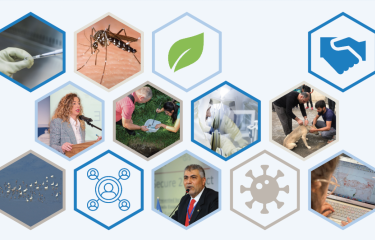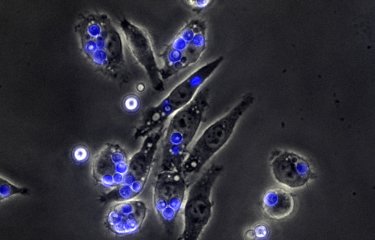Settled in Cayenne for 11 years, Claude Flamand heads the Epidemiology Unit at the Institut Pasteur de la Guyane. Since 2014, this epidemiologist and biostatistician works with the French National Centre for Space Studies to predict dengue epidemics in time and space thanks to satellite imaging.
"Car, helicopter, canoe, we used every possible means to reach people everywhere in French Guiana", Claude Flamand tells with passion the latest epidemiological survey he has just coordinated. This researcher is very keen on his double hat as a biostatistician and epidemiologist because the information he collects is adapted to the statistical analyzes he wants to achieve. Graduated in mathematical statistics applied to biology, Claude Flamand began his career at the the French Institute for Public Health Surveillance (InVS). Positionned in Martinique in 2004-2005, he worked on the evaluation of the mercury impregnation by Amerindians of French Guiana - related to the activity of clandestine gold panning in the Amazon rainforest. He also worked on the exposure to chlordecone in the West Indies - an insecticide, used for more than twenty years in banana plantations. "Epidemiologists were on the field and I analyzed the data they were collecting. I liked using the data to understand the transmission mechanisms of the diseases we were studying but I found it also a little frustrating! I thought that the combination of these two activities would lead to a more accurate interpretation" explains Claude Flamand.
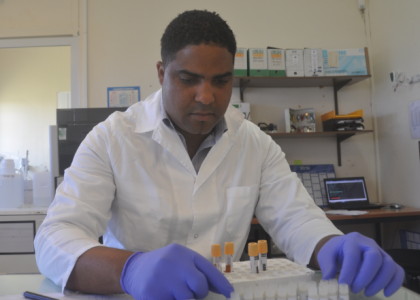
At the end of 2005, he moved for two years in the southwest of France to train in intervention epidemiology. He learnt to draw up study protocols, to lead surveillance networks, and to carry out field investigations. With these new credentials, he returned to InVS in French Guiana. Between 2007 and 2013, he worked on setting up surveillance systems for priority infectious diseases and health emergencies evaluation.
At the same time, Claude Flamand prepared a PhD: "My subject was to analyze the climatic and environmental factors associated with dengue in French Guiana with the aim to predict the occurrence of an epidemic several months beforehand".
Before finishing his PhD, he joined the Institut Pasteur de la Guyane as Head of the Epidemiology Unit in 2013. He quickly expanded his research on chikungunya, and then to Zika recently introduced in the Americas. "Today, our research focuses on the spread of arboviroses and the factors that influence their transmission. We focus our research on a variety of determinants that can be climatic, environmental, socio - behavioral, immunological ... The goal is to include these information in transmission models to try to understand and predict the spread of diseases.”
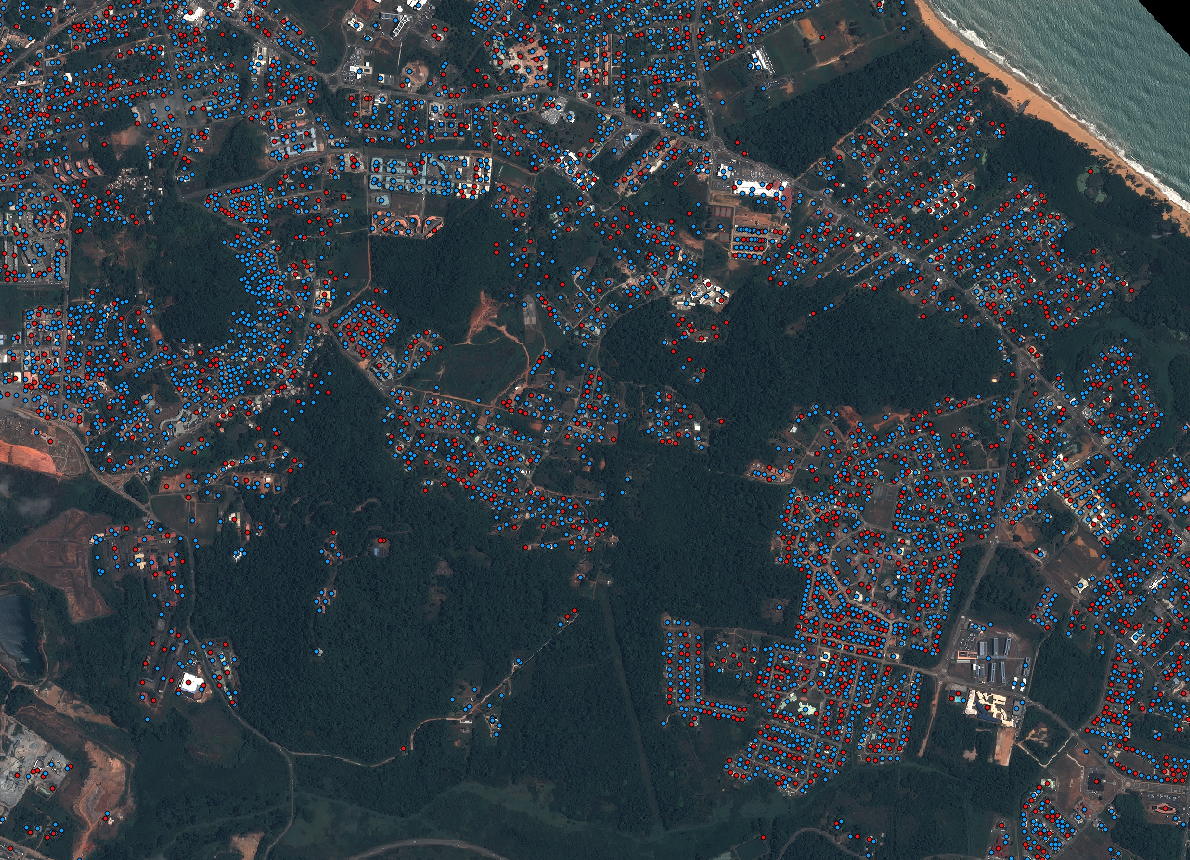
Model of urban adult mosquitoes presence from the DETECT project. Image: Pleiades of 12/09/2012, Astrium DS distribution. Credit : CNES
In Cayenne, Claude Flamand collaborates since 2014 with the NCSS on an innovative project, DETECT, to target high-risk areas and predict a dengue epidemic several months in advance. The method consists in using satellite images to characterize the environment on a very precise scale: "Thanks to very high definition images, we identify dwellings around which we can observe vegetation, many fruit trees or plants, a pool etc. Entomologists then collect mosquitoes and larvae on site. By combining satellite environmental data with field data, we are trying to obtain models that can be generalized to all residential areas".
While it would be difficult, long and expensive to go everywhere to find mosquitoes, this method once validated will provide a very useful cartography for the vector control services to prioritize mosquito elimination in risk areas. Already well under way, the Detect project is expected to be completed in 2019 after a field validation phase that will confirm the accuracy of the model in predicting the locations of mosquitoes and their breeding sites.
The Epidemiology Unit of the Institut Pasteur de la Guyane now covers a wide range of arboviruses transmission’s determinants. "The combination of all these spatial, climatic, environmental, socio-behavioral and immunological data will enable us to predict an epidemic and which population will be affected"summarizes Claude Flamand. Research work that should therefore lead to the implementation of concrete actions for populations’ health.
Claude Flamand, head of the Epidemiology Unit at the Institut Pasteur de la Guyane
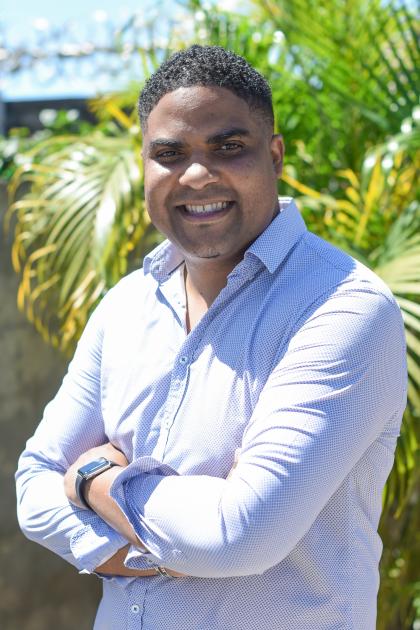
- 1981 : Birth in Fort-de-France (Martinique)
- 2003 : Master’s degree in Science and Technology, Computer Science, Statistics applied to Social Sciences
- 2004 : Master’s degree in Mathematics, Statistics applied to Biology (Paris University V)
- 2004-2005 : Biostatistician in the West-Indies French Guiana Unit of theThe French Institute for Public Health Surveillance (InVS)
- 2005-2007 : National Program of training in Field Epidemiology (InVS, ENSP)
- 2007-2013 : Epidemiologist in the West-Indies French Guiana Unit of the The French Institute for Public Health Surveillance (Cayenne)
- 2011-2015 : PhD in Epidemiology and Public Health (Paris-Saclay University)
- Since 2013 : Head of the Epidemiology Unit of the Institut Pasteur de la Guyane




